How to Detect, Prevent and Eliminate Marijuana Pests and Disease
Cannabis pests and diseases are a constant battle. Every Cannabis grower will at one point in time come face to face with their arch nemeses. No, I’m not talking about law enforcement (even though those are other types of pests only overcome through legislation). I’m talking about pests and disease like spider mites, aphids and other crop ruining elements that can quickly become the bane of every growers’ existence if not dealt with properly.
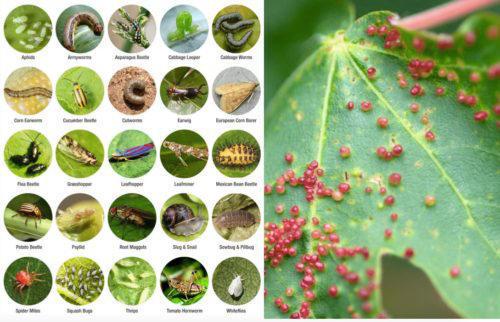
If you search online, you’ll find a wide range of solutions to these problems. However, many of them are not as effective as one might think. Today, we’ll be diving into the finer points on how to effectively deal with a number of different scenarios.
Understanding the stage of your plant
Dealing with pests is completely different depending on the cycle of your plant. When your plant is still in the vegetative stage, you can use a bit more “aggressive” tactics to deal with the problem. When flowering, you will have to be careful and use a more tactful approach as you don’t want to damage the crop.
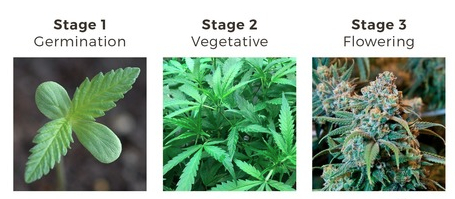
Another aspect you will have to consider is how ‘organic’ your solutions will be. As mentioned, when in the vegetative stage you have the option to use pesticides and fungicides, however, some growers wish to keep their grow 100% natural. Thus, it comes down to your own ethos.
Using pesticide and fungicide in the vegetative stage isn’t the end of the world. You will still have a lot of time to flush the plant from any residue before flowering. Nonetheless, we’ll be covering some ‘non-invasive’ measures as well for those who do not want to use any pesticides within their grows.
How to Prevent Disease and Pests
Before we go into the details on how to deal with pests, let’s talk a bit about preventing them from happening at all during your growing efforts. Pests usually appear when you have a contaminated grow space. This means that before you even start growing you need to clean the room and disinfect absolutely everything.
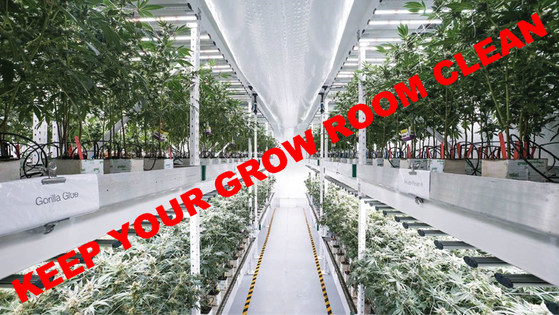
If you have a clean growing space, the odds of pests appearing are slim to none. The only way they would reach your plants would be if you brought in a contaminant into the grow space. Thus, always be sure you aren’t bringing in any unwanted guests before handling your plants. If you’ve been working in the yard or anything of the sorts, shower and change your clothes prior to walking into the grow room.
Outdoors it’s a bit trickier to keep your garden pest free. There are a few natural solutions to reducing the probability of the pests appearing. Growing Dill and Fennel plants around your cannabis plants will help. There are a few other plants that also naturally repel insects and pests and I strongly recommend you do some research on those depending on the type of pests you commonly face.
Dealing with Spider Mites
Spider Mites are nasty little creatures that will eat your plant and ultimately kill it if left unchecked. Spider mites look like tiny little white spiders that usually chill under the leaf. If you spot any of these on your plants, you have to act fast. They reproduce extremely fast and if you don’t start proactively murdering every single last one of them, they will take your crop.
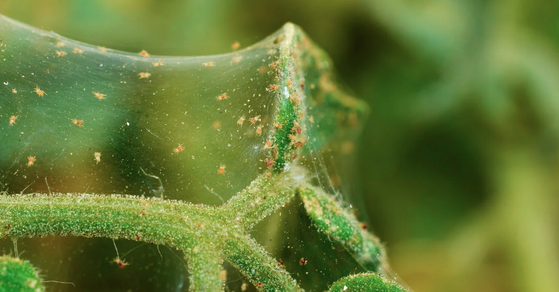
If you do come across these, you’ll have to make a mild mixture of soapy water. Use roughly 3 tablespoons of dishwashing soap per gallon of water. Then, use a sponge and soak it in the mixture then proceed to wipe every leaf individually of the plant. Make sure that you get rid of them all.
Repeat this process about six days later to ensure that you got rid of the infestation. Another point worth mentioning is that you should test the soap you are going to use on a small section of the plant to ensure that it won’t be damaging to the plant itself.
You can also consider using natural pesticides to deal with them when the plants are in the vegetative stage. If the spider mites appeared in the flowering stage, the soap method would work.
Fungus is not a Fun-Guy
Another common issue that occurs is fungus. The best way to avoid fungal infestations is to keep the humidity in check. Fungi need humidity to manifest so if you keep your grow room clean and ventilated you shouldn’t have a problem. However, if you do spot fungi, then you might have to remove the specific section of the plant before it spreads. Take the infected area and burn it or dispose of it in a plastic bag.
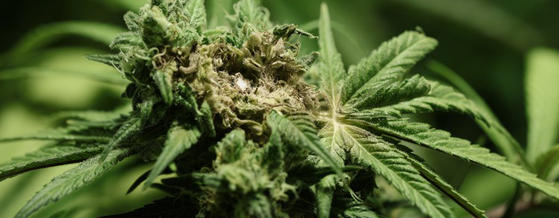
If the fungi have affected the roots, then you’ll have to chuck the entire plant. Once more, if the plant is in the vegetative stage, you can consider a few fungicides, but it is definitely not recommended when in the flowering stage. In the flowering stage, you’ll have to get rid of the infected areas.
Of course, you could battle with the mighty fungus, however, many growers have learned that it’s best if you just cut off the infected area and focus on saving the rest.
